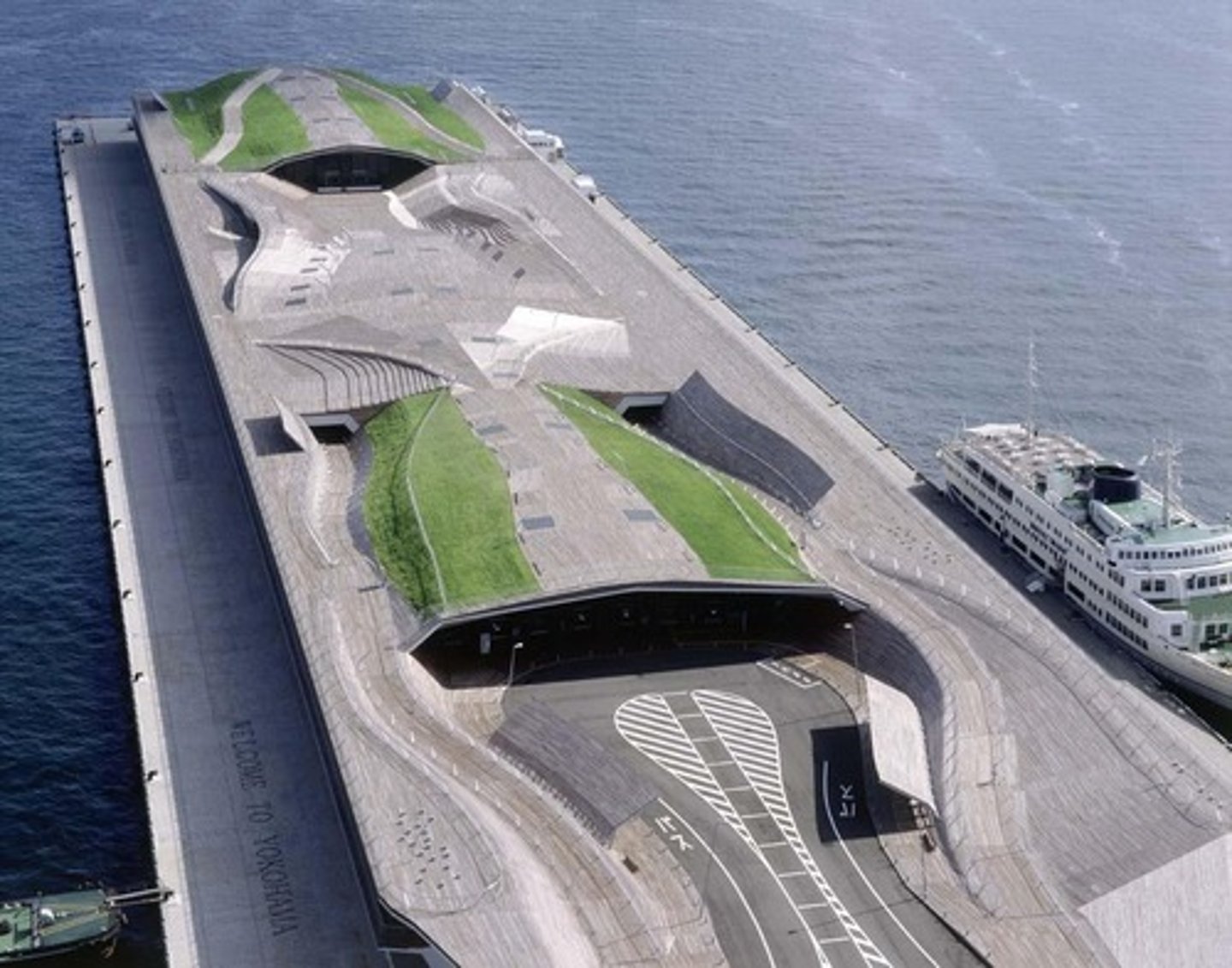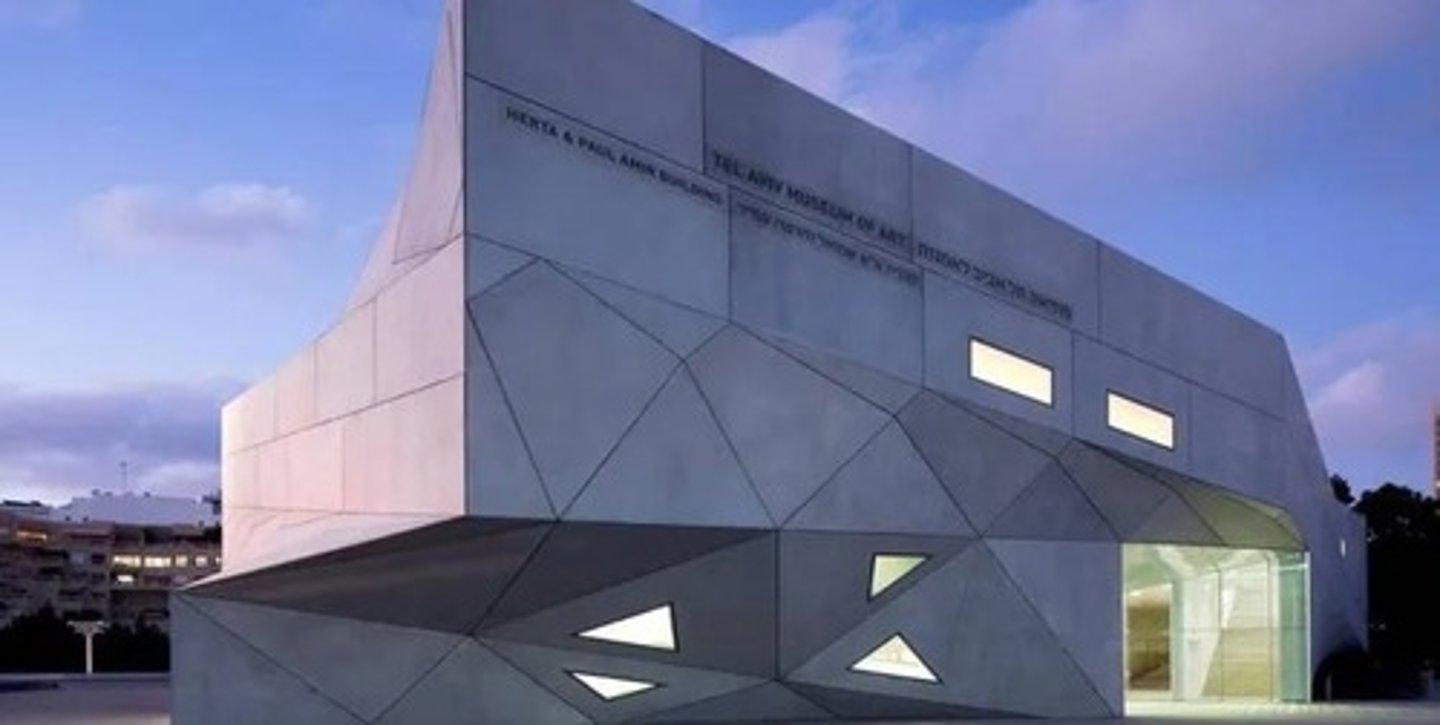Architectural Movements: Traditionalism to Deconstructivism
1/50
There's no tags or description
Looks like no tags are added yet.
Name | Mastery | Learn | Test | Matching | Spaced |
|---|
No study sessions yet.
51 Terms
What is Charles III's stance on modernist architecture?
He is a critic of modernist architecture and supports traditional architecture.
What actions has Charles III taken against modernist projects?
He has torpedoed modernist projects and built his own traditional towns.
What was the main theme of Charles III's 'Carbuncle speech' at RIBA in 1984?
He emphasized considering the feelings and wishes of ordinary people in architecture.
What does Charles III advocate for in community design?
He advocates for involving citizens in the design process.
What design elements does Charles III wish to return to in architecture?
He wishes to return to curves and arches that express feeling in design.
What are the ten principles outlined by Charles III in 'A Vision of Britain'?
1. Developments must respect the land. 2. Architecture is a language. 3. Scale is key; buildings should relate to human proportions. 4. Harmony is the playing together of all parts. 5. Creation of well-designed enclosures. 6. Materials matter. 7. Signs.
What is the significance of 'A Vision of Britain' by Charles III?
It outlines principles for architecture and urban design that emphasize traditionalism and community involvement.
What should be at the center of the design process according to urban planning principles?
Pedestrians should be at the core of all planning schemes.
What is the significance of density in urban design?
Density should be balanced; developments should fit within the landscape without resorting to high-rise tower blocks that alienate and isolate.
How should the look of buildings relate to their surroundings?
The look of each building should be in tune with its neighbors, achieving coherence through details like door cases, balconies, and railings.
What is the ideal size of a walkable city as mentioned in New Urbanism?
88 acres.
What are the key features of New Urbanism?
Walkability, connectivity, mixed-use diversity, mixed housing, quality architecture, traditional neighborhood structure, increased density, smart transportation, and sustainability.
What does walkability in New Urbanism entail?
A 10-minute walk from home to work, with streets lined with trees for shading.
What is the focus of structuralism in urban planning?
Emphasizes the identity of inhabitants and elements of culture, reacting against functionalism.
Who is Aldo Van Eyck and what is his contribution to architecture?
A member of Team X, he criticized the lack of human elements in architecture and created engaging spaces like orphanages.
What concept did Herman Hertzberger contribute to Team X?
He proposed the idea of 'long life cycle' structures that can be infilled with shorter life cycles.
What is Diagoon housing?
An experimental family home that allows residents to expand, rearrange, and furnish their houses themselves.
What is the architectural philosophy of Piet Blom?
He believed in 'architecture with life' and was a student of Van Eyck.
What are Cube Houses/Kubuswoningen designed to do?
They elevate inhabitable masses on narrow trunks to maximize public spaces below and create ideal views from above.
What is deconstructivism in architecture?
A movement characterized by continued fragmentation, deformation techniques, and the manipulation of geometry to create new architectural forms.
What are the tasks of deconstructivism?
To destabilize previous works' meanings, produce projects avoiding obvious conclusions, and engage with uncertainty and indeterminacy.
What is the significance of the Wexner Center for the Arts?
It alludes to a medieval style armory and is a notable work by Bernard Tschumi.
What is the Max Reinhardt Haus proposal?
A 34-story Möbius strip that creates an ambiguous triumphal arch.
Who are the Foreign Office Architects and what is one of their notable projects?
Farshid Moussavi and Alejandro Zaera Polo; the Yokohama International Passenger Terminal, which includes a park and emphasizes social responsibility.

What role does Zaha Hadid attribute to painting in her design process?
She uses painting as a design tool and abstraction as an investigative principle.
What is the Vitra Fire Station known for?
It reflects Zaha Hadid's desire to extend the building's sphere of influence, starting from her painting.
What is Rem Koolhaas's approach to architecture?
Pragmatism, suggesting that forces should be used to our advantage rather than resisted.
What are starchitects known for?
Brand names associated with iconic structures that draw tourists, boost real estate values, and serve as cultural landmarks.
What are some pros of starchitectural designs?
They spur tourism, increase real estate values, create cultural landmarks, showcase creativity, and encourage exploration of emerging technologies.
Name two examples of starchitectural buildings and their architects.
Guggenheim Museum in Bilbao, Spain by Frank Gehry and Heydar Aliyev Center in Baku, Azerbaijan by Zaha Hadid.

What are some cons of starchitectural designs?
High construction and maintenance costs, sacrifice of functionality for aesthetics, and significant environmental impacts.
What are some other impacts of starchitecture on urban development?
Starchitecture can lead to costly and impractical designs, replacement of heritage structures, and a shift towards practicality, sustainability, and local context.
What is the future direction after starchitecture?
A shift towards green design, sustainable buildings, appreciation for local cultures, minimizing energy use, and repurposing existing buildings.
Is starchitecture truly dead?
No, it is in a deep slumber and may rise again, but architects must innovate in sustainability and functionality.
What is phenomenology in architecture?
A philosophical study that focuses on the descriptive and interpretive explication of architectural experiences as constituted by the built environment and human life.
Who is Juhani Pallasmaa and what is his view on architecture?
A Finnish architect who believes architecture should defend the authenticity of human experience, famously stating, 'The door handle is the handshake of the building.'
What is the main idea presented in 'The Eyes of the Skin: Architecture and the Senses' by Juhani Pallasmaa?
It advocates for a multi-sensory approach to spatial experience in architecture.
What is Daniel Libeskind known for in his architectural designs?
He introduces complex ideas and emotions into his designs, exemplified by the Jewish Museum named 'Between the Lines'.
What was the Kyoto Accords' commitment regarding greenhouse gases?
It committed industrialized countries to the reduction of four greenhouse gases.
What is William McDonough's contribution to architecture?
He advocates for 'cradle to cradle' design, promoting a comprehensive approach to sustainability beyond just limiting environmental damage.
What is Kenneth Yeang's focus in architecture?
He focuses on the sustainability of tall buildings, employing strategies like planted berms and sky courts for natural ventilation.
What is biophilic design?
A design approach that considers how built environments affect the health and well-being of their human inhabitants, incorporating elements of nature.
What is the problem with traditional sustainable design according to biophilic design principles?
It has been too narrowly defined and may not adequately contribute to the health and well-being of inhabitants.
What does biophilia refer to?
A part of a person's biological makeup that is psychologically affected by nature, promoting relaxation and relief from urban pressures.
What is evidence-based design in the context of architecture?
It involves observing natural phenomena and using those insights as inspiration for design.
What does the term 'cultural imperialism' imply in the context of starchitectural projects?
It suggests that starchitectural projects may impose foreign cultural values over local traditions and contexts.
How do starchitectural buildings impact local heritage structures?
They often replace heritage structures, leading to a loss of historical context and identity.
What is the significance of the phrase 'defense of the authenticity of human experience' in architecture?
It emphasizes the importance of creating spaces that resonate with genuine human experiences and interactions.
What does the term 'green design' refer to in architecture?
It refers to architectural practices that prioritize sustainability, energy efficiency, and minimal environmental impact.
What is the role of creativity in starchitectural projects?
Creativity drives architects to think bigger and bolder, pushing the boundaries of what is possible in design.
What is the relationship between architecture and human experience according to phenomenology?
Architecture is seen as a medium that shapes and is shaped by human experiences, emphasizing the qualities and features of both the built environment and human life.